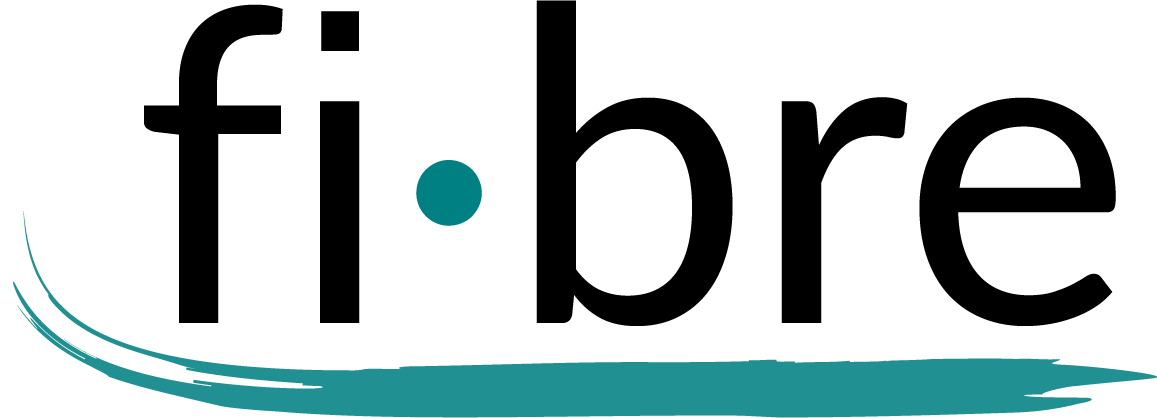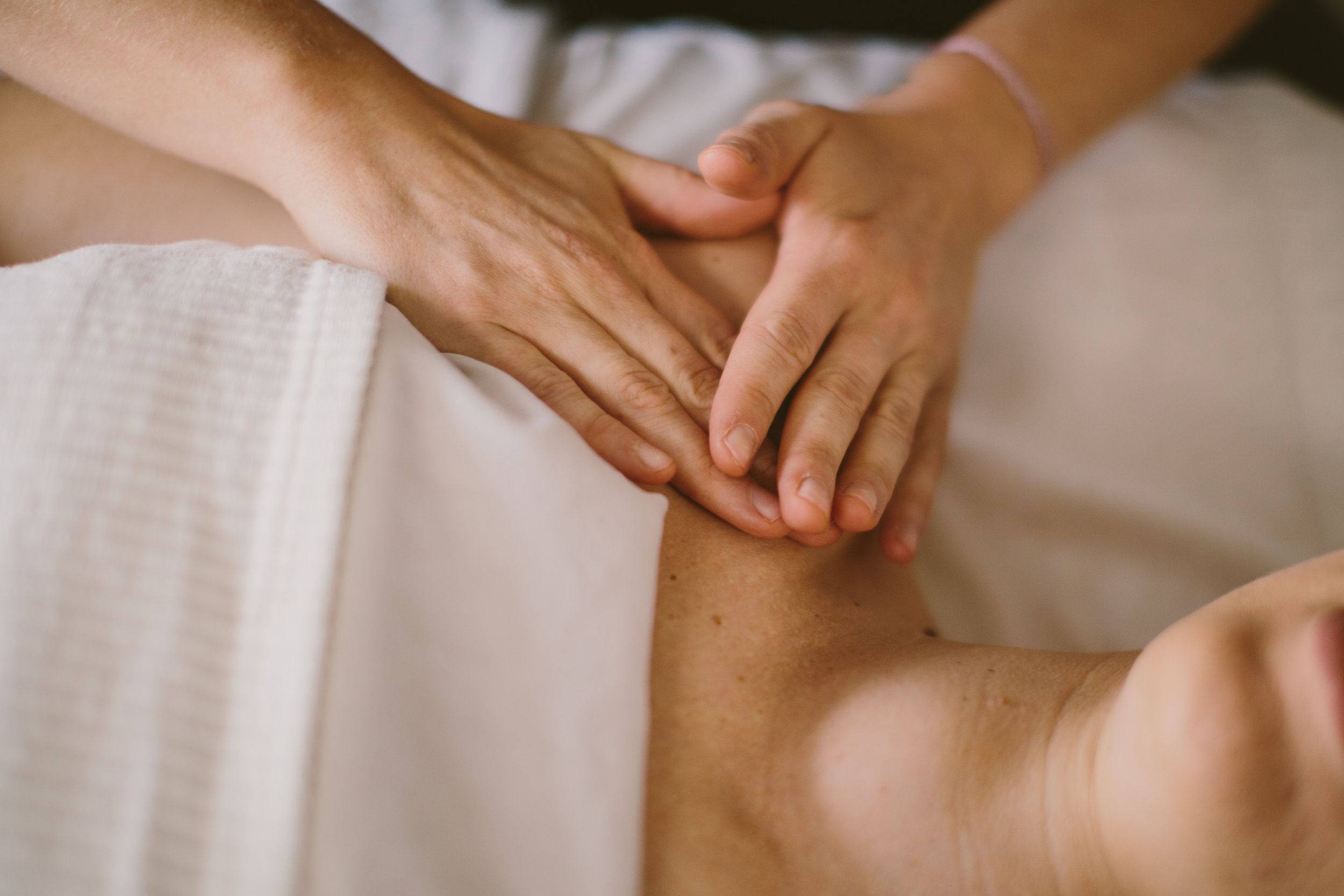Why Still Touch Is Effective In Helping You Relax
I remember going to a massage therapist recommended by a few friends. The initial greeting and discussion of my reasons for getting a massage went very smoothly. The therapist helped me feel comfortable so I briefly summarized my health history, injuries and ongoing efforts to reduce recurring pain in my right hip. With the intake over, the therapist stepped out of the room and left me to undress to my level of comfort before getting on the massage table.
Five minutes later, the massage therapist tapped on the door and entered after I responded with "I'm ready." I watched as the therapist closed the door, adjusted the sheet which covered me then sat on the massage stool positioned at the head of the table. He gently rolled my head to one side then held it with both hands. After about one minute, he placed his hands on my collarbones. His hands rested without applying pressure for possibly another minute before he began using Swedish massage techniques on the top of and under my shoulder.
The simple hand placement without pressure made me feel confident in the therapists ability. My mental defenses relaxed and my breathing slowed. After the therapist completed the session, more moments of non-movement were used to end the massage.
Years later while in school to become a massage therapist, I learned the opening technique used by therapist is called "still touch." Before learning Swedish massage techniques, my instructors explained still touch and tasked each student with completing an entire 60 minute session using only still touch.
As mentioned in an earlier post, the Swedish massage techniques are primarily five different strokes. The still touch technique may be used at any time during a massage. Unlike the five Swedish massage strokes, still touch doesn't involve movement of the massage therapists hands and usually doesn't produce any visible movement of the client's muscle tissue. Nevertheless, still touch has a large part to play in helping a client relax and permit the massage therapist to manipulate muscle tissue to reduce tension or to address adhesions in the fibers.
Still Touch being applied to the shoulder joint.
During skin-to-skin contact, a hormone called oxytocin is released. Oxytocin has been linked to feelings of trust, loyalty and bonding. Physical contact with a pet or a human has been shown to increase oxytocin which is associated with happiness, greater relaxation and psychological stability. Oxytocin seems to decrease a person's response to negative stress and anxiety.
By using still touch, the therapist helps increase the client's oxytocin levels; thus, increase likeliness of the client beginning to mentally relax which paves the way for reducing stress and tension in muscle tissue. At fibre, I use still touch until a shift in the client is detected (e.g., a more even, relaxed pace of breathing).
While still touch may increase the client's oxytocin, it also allows the therapist to use visual and sensory input to assess the client's muscle tissue before using movement or applying pressure. Our hands have thousands of sensory nerve endings and receptors. We're able to gather information about the size, shape and texture of objects through our fingertips. Massage therapists use their touch receptors to detect changes in the client's skin. The warmth of the massage therapists hands helps increase blood flow to the area being touched and helps start relaxing the surrounding muscle tissue.
Still touch is also effective for clients who prefer to remain fully clothed during a massage session and for those who are temporarily unable to experience the Swedish massage strokes (e.g., suffering from a head cold, healing from an injury). By using still touch, the client may enjoy the benefits gained from increased oxytocin and from the stimulation of their own sensory nerve endings which helps lower the stress hormone - cortisol.
Years after my first massage with still touch, I remember the mental switch from wondering why the session was proceeding so slowly to feeling safe and relaxed. Knowing the benefits gained from the simple act of still touch, I use still touch during most massage sessions offered at fibre: A Homespun Spa in Silver Spring.

